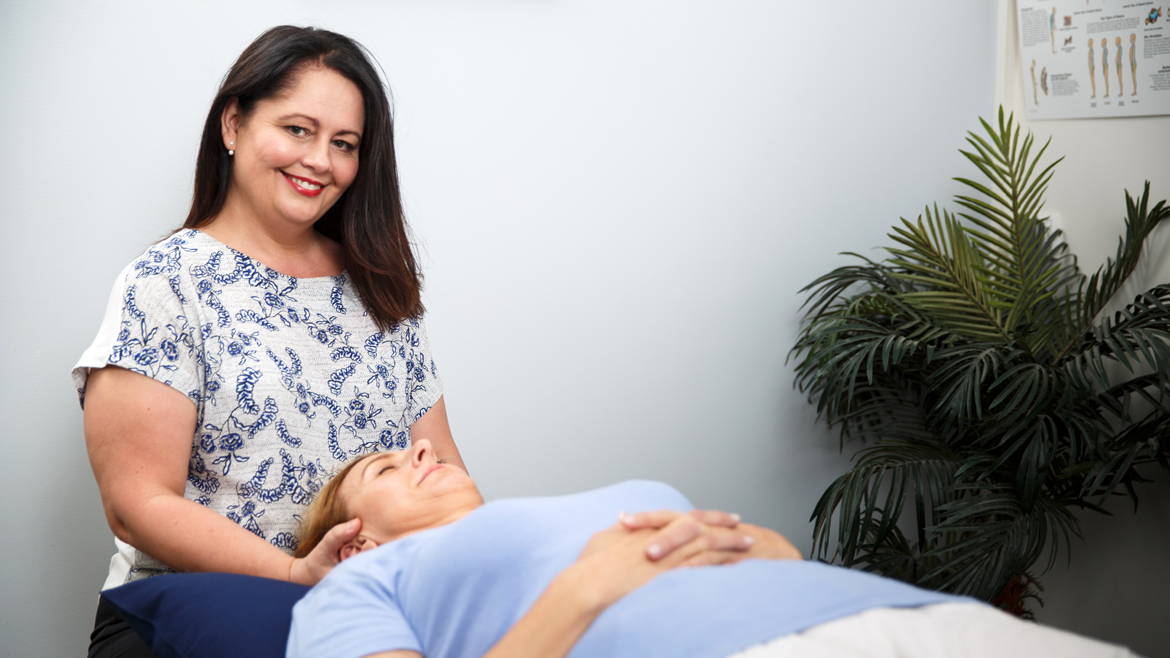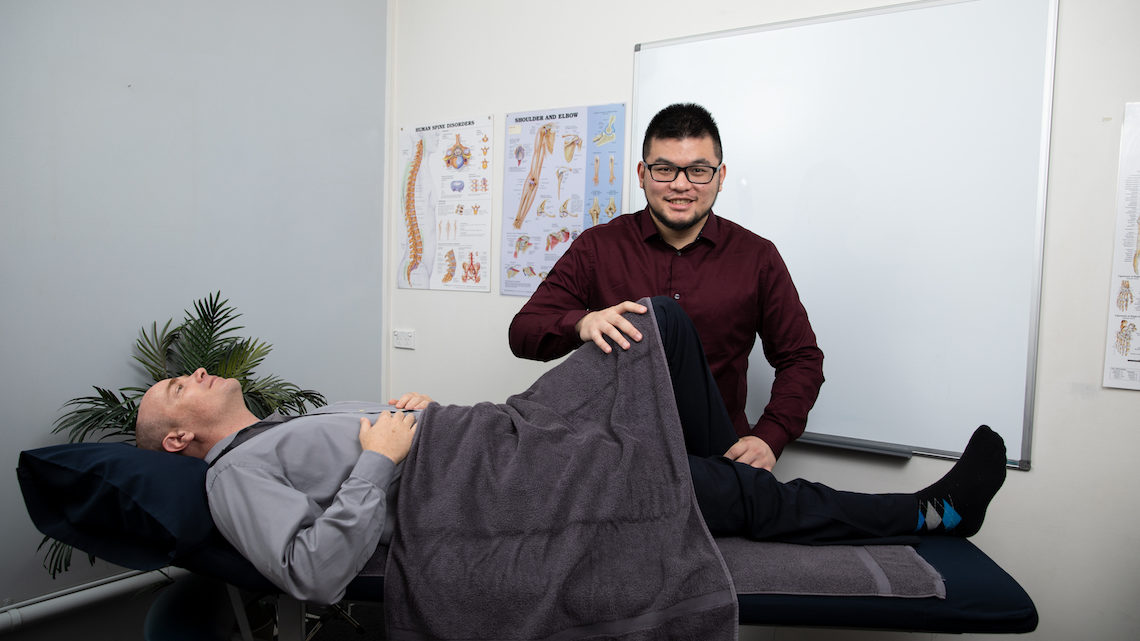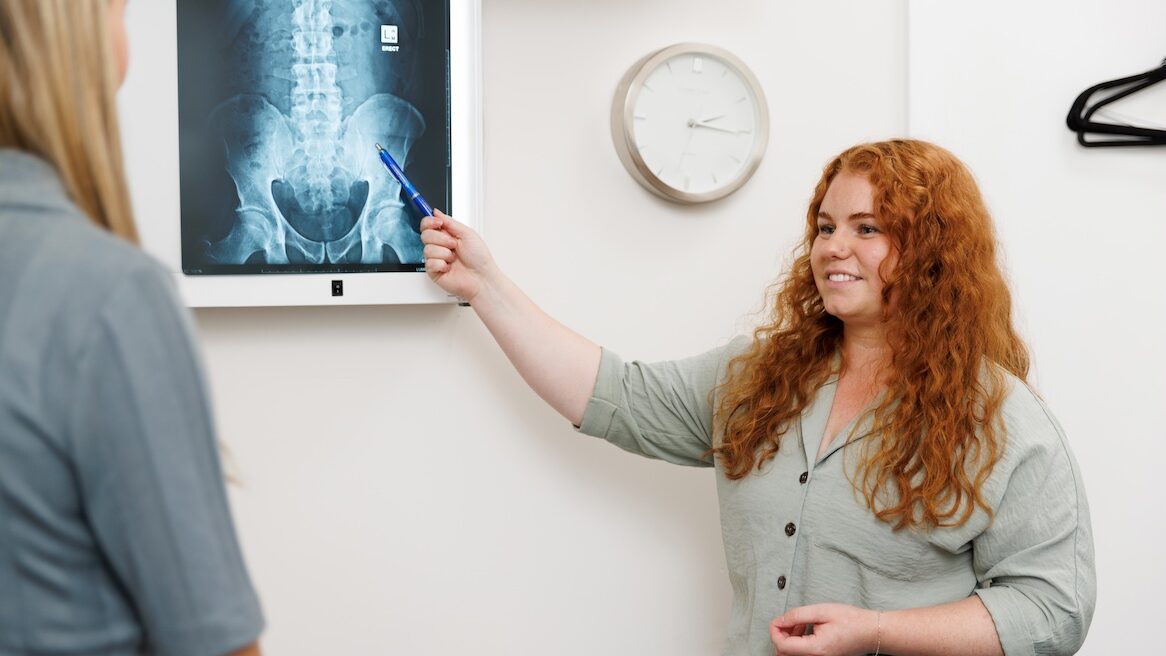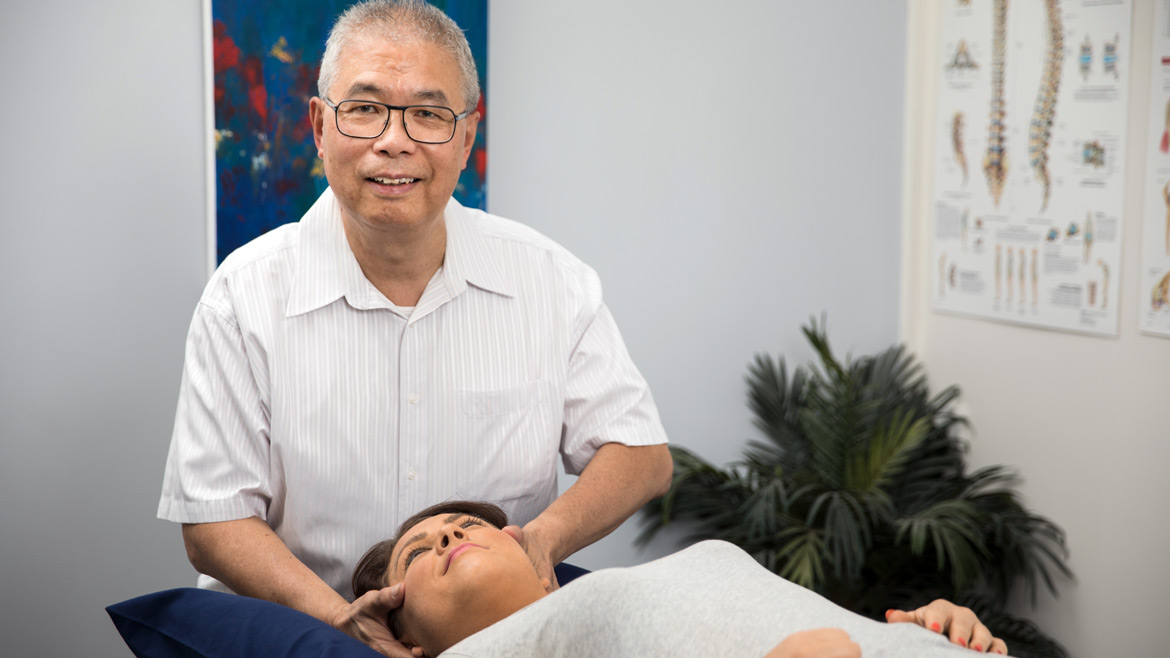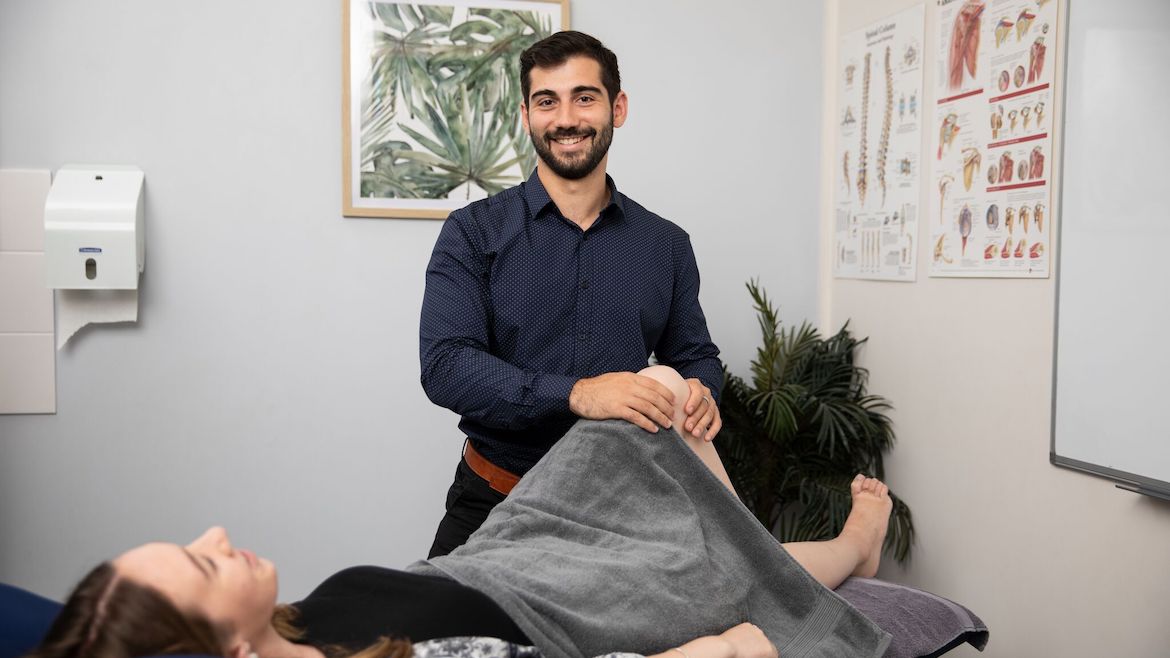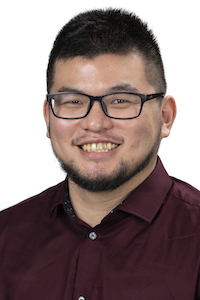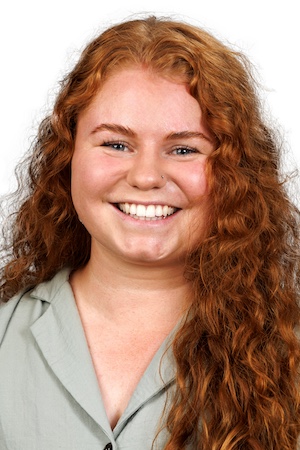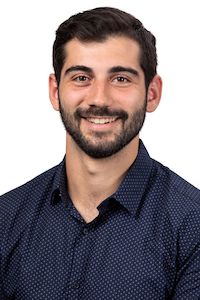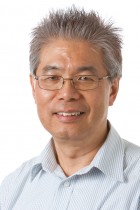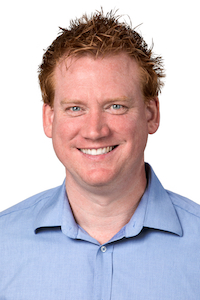Looking for an Osteopath?
Looking for a great Osteopath? You’ve come to the right place! Ryde Natural Health Clinic Osteopath’s Dr Evan Marnezos, Dr Kristopher Sanford, Dr Kevin Finnan, Dr David Tai, and Dr Kuan Ng are Ryde’s leading Osteopaths and have extensive experience treating a wide range of musculoskeletal conditions including:
- Neck, back and shoulder pain
- Muscle strains and spasms
- Nerve entrapments such as carpal tunnel, sciatica, and trigeminal neuralgia
- Headaches, migraine and jaw pain
- Arthritis and other joint conditions, and
- Sporting injuries
Ryde Natural Health Clinic is open 8am – 8pm, 7 days, so call 9878 5021 to book your first appointment- we may even be able to see you today!
Osteopathy – What to expect at your first appointment:
At your first session, your Osteopath will ask you about the history of your problem to establish when and where the symptoms first started and how they may have changed over time, the treatments (if any) you have received to date, and the impact your pain may be having on your life.
After learning of the history of your pain, your Osteopath will carry out a hands-on examination, which comprises of various tests of the spine, nervous system, muscles and joints. Generally, none of these tests are painful, however if you are in acute pain, your Osteopath may ask you to demonstrate what positions and movements reproduce or exacerbate your pain.
After identifying the underlying cause/s (which usually don’t, however occasionally do require referral for an x-ray, C-T scan or MRI), your Osteopath will set some treatment goals, with the ultimate goal being to restore maximal, pain-free movement to your muscles and joints.
Osteopathy treatment style:
At Ryde Natural Health Clinic, our Osteopaths are highly trained ‘structural’ Osteopaths and will adapt their treatment and techniques based on your needs. The Osteopathy treatment techniques your Osteopath will use include:
- Spinal manipulation (Also known as an ‘adjustment’)
- Joint mobilisation
- Muscle energy technique (MET)
- Soft tissue work/massage
- Counterstrain
- Balanced ligamentous tension (BLT)
- Myofacial release
- Visceral manipulation
- Therapeutic ultrasound, and
- Exercises
Treatments are generally not painful.
How Osteopathy is different:
Unlike the conventional approach to medicine, which emphasises the use of pharmaceuticals to mask or manage symptoms, Osteopaths take the time required to establish a clear understanding of why your problem developed in the first place, and put into place a series of steps that will attempt to resolve the underlying problem.
How Osteopathy can help you:
If every joint in your body is moving as it was intended, and if the joints are stabilised well by the soft tissues (muscles, fascia and ligaments) supporting them, then you shouldn’t really develop musculoskeletal pain at all unless you experience an injury. So why do so many people experience aches and pains? The problem lies in the fact that none of us use our bodies as they were originally intended to be used – we don’t run, swim, climb, carry and throw all day as we are designed to. Instead we sit, lay and stand in awkward static positions that result in some joints stiffening up, leaving other joints to do all the work.
Let’s use the spine as an example.…
Your spine is made up of 33 vertebrae and many more joints. If all of these joints are moving well, then the workload that is taken on by these joints is distributed optimally – it is shared around so that each joint plays its part and no joint is overworked.
Problems arise when after years of prolonged sitting, standing, and bad postural habits results in many of these joints jamming up. While going about your regular activities you may only notice some dull achy pain, but when you try to lift something heavier than you usually do, or bend, twist or move in a way that you haven’t done for a while, because many of the joints have stiffened up, all of the strain goes to the remaining joints that do move. If the strain is large enough or carried out repeatedly, then you may end up damaging the structures that support and surround those joints, or develop ‘degenerative’ conditions of the spine, or a problem with a disc.
Osteopaths are trained to identify joints that don’t move optimally, and to correct joint motion. By improving joint ‘mobility’ the workload of motion is once again ‘shared around’ all of your joints and muscles as is intended.

